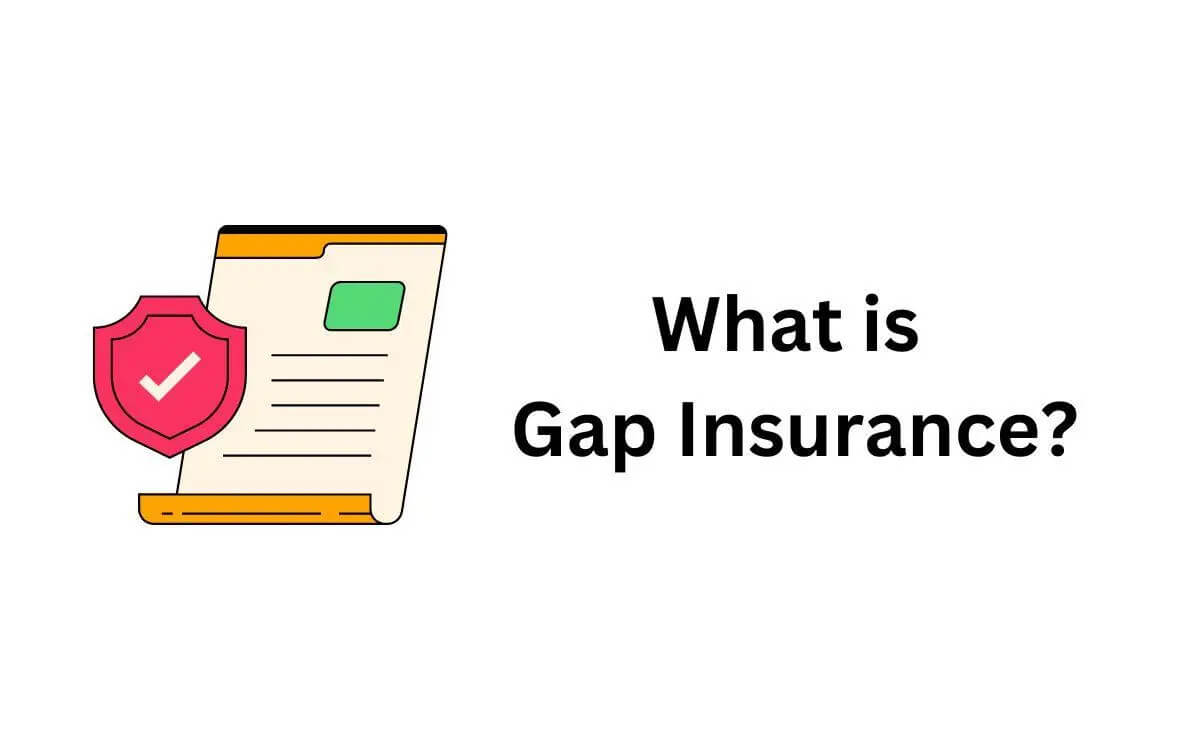


Is gap insurance worth it in Pennsylvania? Learn how it protects your loan after a total loss and when you should consider this extra coverage.
You drive off the lot in your new car—feeling good, protected by your full coverage policy. But what if your car is totaled in the first year? Will your insurance cover the entire amount you still owe on your loan or lease?
That’s where gap insurance comes in.
While it’s optional, gap coverage (Guaranteed Asset Protection) is one of the most misunderstood forms of auto insurance. And in Pennsylvania—where car values, financing terms, and accident risks vary widely—it could be a smart financial move. Let’s explore whether the gap coverage benefits in PA make sense for you.
Gap insurance covers the “gap” between what your car is worth and what you still owe if your vehicle is declared a total loss after an accident or theft.
For example:
You buy a new vehicle for $30,000
A year later, it’s totaled in an accident
Your insurer values it at $22,000
But you still owe $27,000 on your loan
Gap insurance pays the $5,000 difference, so you’re not left making payments on a car you no longer have.
New cars lose value quickly—up to 20–30% in the first year alone. Pennsylvania drivers who finance or lease their vehicles are especially vulnerable to this depreciation gap.
If your car is totaled early in your loan term, your collision or comprehensive coverage will only pay actual cash value—not your full loan amount. This leaves a financial gap that you’re still responsible for, unless you’ve added gap protection.
Pennsylvania drivers—especially in urban areas like Pittsburgh—face risks that make gap insurance even more relevant:
Higher accident rates in congested areas like Route 28, I-376, and the Liberty Tunnel
Weather-related damage (flooding, hail, ice) that can total newer cars quickly
Vehicle theft and vandalism in certain ZIP codes
Longer loan terms (72+ months) becoming more common
With these factors in play, more PA drivers are ending up “underwater” on their auto loans after a loss.
You may benefit from gap coverage if:
You made a small down payment (less than 20%)
You have a long-term loan or lease (60 months or more)
Your vehicle depreciates quickly (luxury, electric, or foreign brands)
You rolled negative equity into your new loan
You drive a high-risk route or park in an area with frequent vandalism or theft
Gap insurance can offer peace of mind, especially if you’re driving a high-value car or leasing through a dealership.
Gap insurance is not required by law in Pennsylvania, but many lenders and leasing companies require it as a condition of financing. Be sure to check your loan or lease agreement.
If it’s not required, it’s up to you to evaluate the gap coverage benefits PA drivers receive, especially during the early years of vehicle ownership.
You have options:
Through your auto insurer
Often cheaper than dealer coverage
Easy to bundle with your policy
From your dealership
Convenient at the point of sale
But usually more expensive and added to your loan
Third-party gap coverage providers
Sometimes available online or through specialty brokers
It’s a good idea to compare prices and terms before you buy.
Gap insurance is most valuable in the first 1–3 years of ownership
Once your loan balance is lower than the car’s value, it’s time to cancel it
Check your lease agreement—many include gap protection already
Ask your insurer if comprehensive and collision coverage is required to add gap
If you’re financing or leasing a car in Pennsylvania, gap insurance can be a smart safety net, especially during the early years of ownership. It’s affordable, easy to add, and could save you thousands if the worst happens.
Take the time to evaluate your risk—especially if you’re driving in Pittsburgh or financing a vehicle with a small down payment. Understanding the full picture of gap coverage benefits in PA can help you protect your investment and drive with confidence.
